Which Group Provides The Most Financial Support For Wildlife Conservation

In the intricate web of wildlife conservation, funding acts as the lifeblood, sustaining crucial initiatives that protect endangered species and preserve vital habitats. Discerning which group provides the most substantial financial backing, however, requires a nuanced understanding of the diverse actors involved and the complex flow of resources.
This article delves into the landscape of wildlife conservation funding, examining the contributions of governmental organizations, non-governmental organizations (NGOs), philanthropic foundations, and the private sector. It seeks to illuminate the sources of funding, the scale of investment, and the impact of these financial commitments on the future of our planet's biodiversity.
Governmental Organizations: A Cornerstone of Conservation Funding
Governmental organizations, both at the national and international levels, play a significant role in funding wildlife conservation efforts. Agencies like the U.S. Fish and Wildlife Service, the National Park Service, and similar bodies in other countries allocate substantial budgets to protect endangered species, manage protected areas, and conduct research.
These funds are often derived from taxpayer revenue, dedicated conservation funds (such as those generated from hunting and fishing licenses), and international agreements. For instance, the Convention on International Trade in Endangered Species (CITES) relies on contributions from member states to support its enforcement and conservation initiatives.
However, government funding for wildlife conservation can be subject to political priorities and budgetary constraints, leading to fluctuations in available resources. Economic downturns or shifts in political ideology can significantly impact the level of financial support provided.
Non-Governmental Organizations: Filling Critical Gaps
NGOs represent a diverse and vital sector in wildlife conservation funding. Organizations like the World Wildlife Fund (WWF), The Nature Conservancy, and Wildlife Conservation Society (WCS) raise funds from private donors, foundations, and corporations to support a wide range of conservation projects globally.
These organizations often operate directly on the ground, implementing conservation programs, conducting scientific research, and advocating for policy changes. WWF, for example, invests in projects spanning from combating poaching to restoring degraded habitats.
NGOs are often more flexible and adaptable than governmental organizations, allowing them to respond quickly to emerging threats and address critical gaps in conservation funding. They also play a crucial role in raising public awareness and mobilizing support for wildlife conservation.
Philanthropic Foundations: A Catalyst for Innovation
Philanthropic foundations, such as the Gordon and Betty Moore Foundation and the Leonardo DiCaprio Foundation, contribute significant resources to wildlife conservation. These foundations typically provide grants to NGOs, research institutions, and other organizations working on conservation projects.
Foundations often support innovative and high-risk projects that may not be eligible for traditional funding sources. They can also play a catalytic role in leveraging additional funding from other sources.
The Moore Foundation, for example, has invested heavily in marine conservation, while the DiCaprio Foundation supports projects focused on protecting endangered species and combating climate change.
The Private Sector: A Growing Source of Funding
The private sector is increasingly recognizing the importance of wildlife conservation and is contributing to funding efforts through corporate social responsibility (CSR) initiatives, partnerships with NGOs, and direct investments in conservation projects. Companies in industries such as tourism, agriculture, and energy are realizing that their operations can have a significant impact on wildlife and are taking steps to mitigate their negative effects.
Some companies are investing in sustainable practices, supporting conservation efforts in areas where they operate, and donating a portion of their profits to conservation organizations. For example, ecotourism companies often contribute directly to local conservation initiatives.
However, concerns remain about "greenwashing," where companies may exaggerate their environmental contributions for marketing purposes. It's crucial to ensure that private sector investments in wildlife conservation are genuine and effective.
Determining the Largest Contributor: A Complex Calculation
Identifying the single largest contributor to wildlife conservation funding is a complex undertaking. Government spending often represents the largest overall investment, but the specific amount varies significantly from country to country and year to year.
When considering the aggregate impact of NGOs, foundations, and the private sector, it becomes even more challenging to pinpoint a single leader. Each sector plays a distinct role and contributes to a diverse range of conservation efforts.
Furthermore, the effectiveness of funding is just as important as the amount. Investments in well-designed and effectively implemented conservation programs will have a greater impact than larger sums spent inefficiently.
Conclusion: A Collaborative Effort for Wildlife's Future
Ultimately, wildlife conservation requires a collaborative effort from all sectors. Governments, NGOs, foundations, and the private sector must work together to mobilize the necessary financial resources and ensure that these funds are used effectively to protect our planet's biodiversity.
While it may be difficult to definitively identify the single largest contributor, it is clear that each sector plays a critical role in supporting wildlife conservation. By fostering greater collaboration and transparency, we can ensure that the necessary resources are available to safeguard the future of our planet's wildlife.
The ongoing health of wildlife populations is a barometer for the health of the planet; continued, diverse funding streams are essential to maintain biodiversity and ecological balance for generations to come.
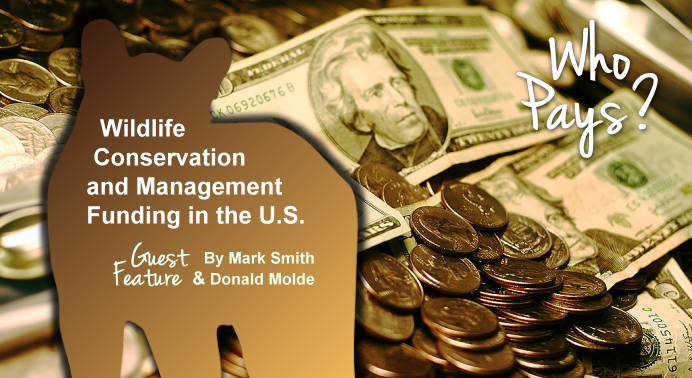
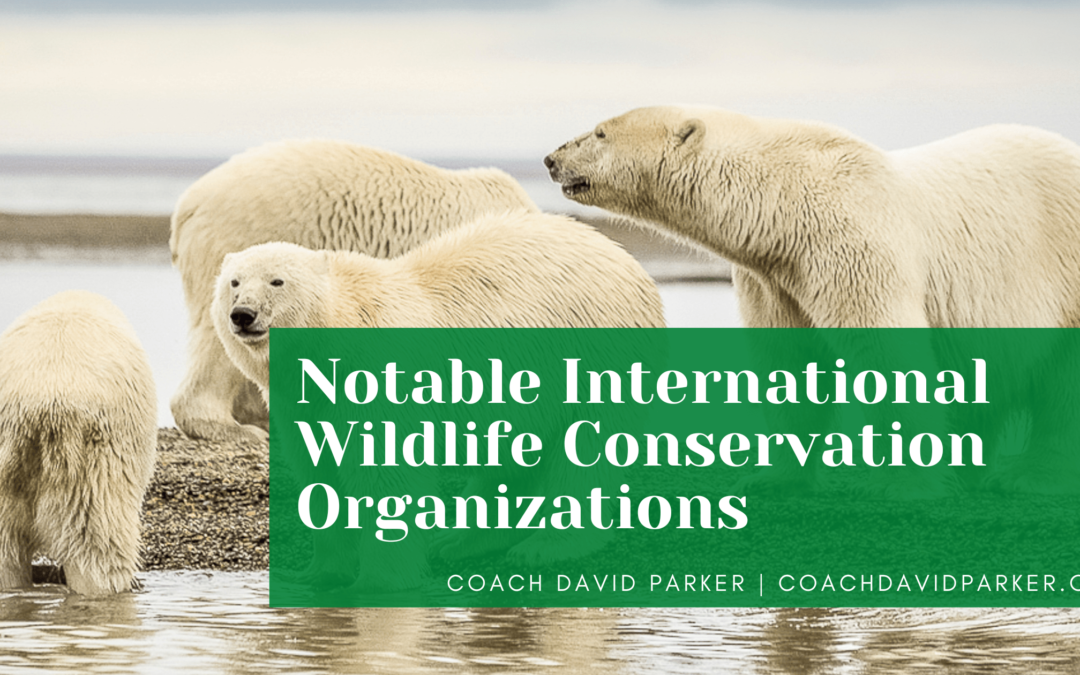

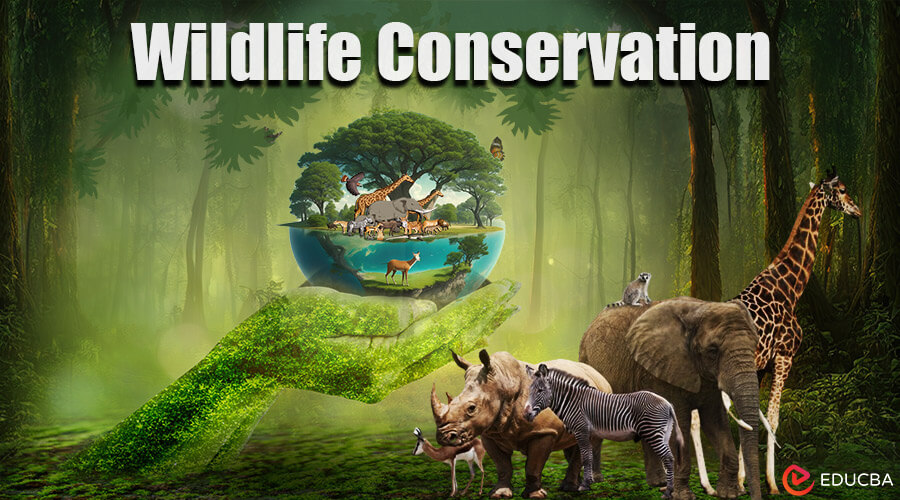
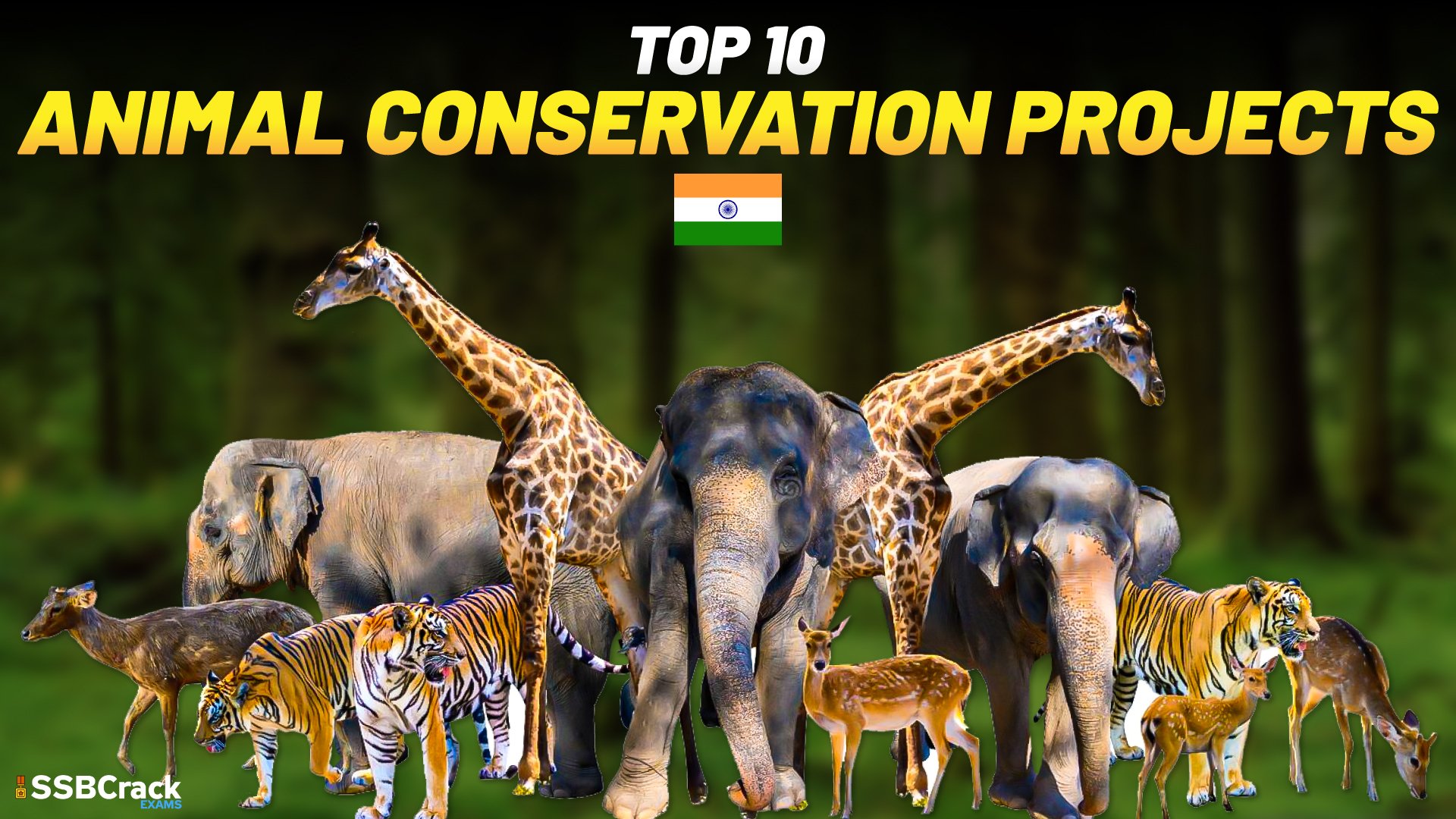
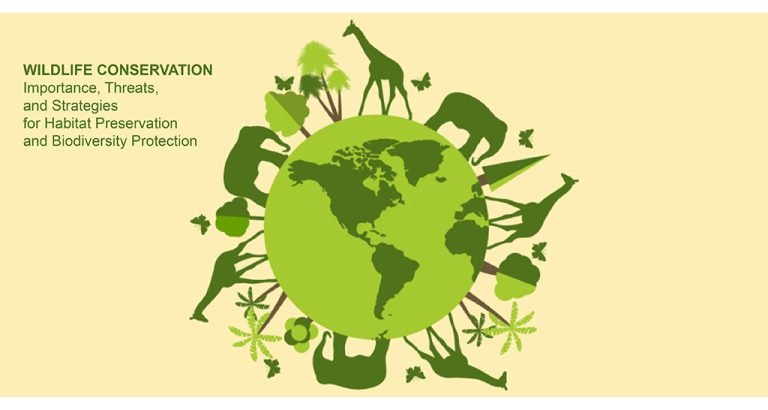
![Which Group Provides The Most Financial Support For Wildlife Conservation Wildlife Conservation Financial Model for Startup [Updated 2025]](https://finmodelslab.com/cdn/shop/files/advanced-wildlife-conservation-consultancy-financial-model_800x.png?v=1723302655)
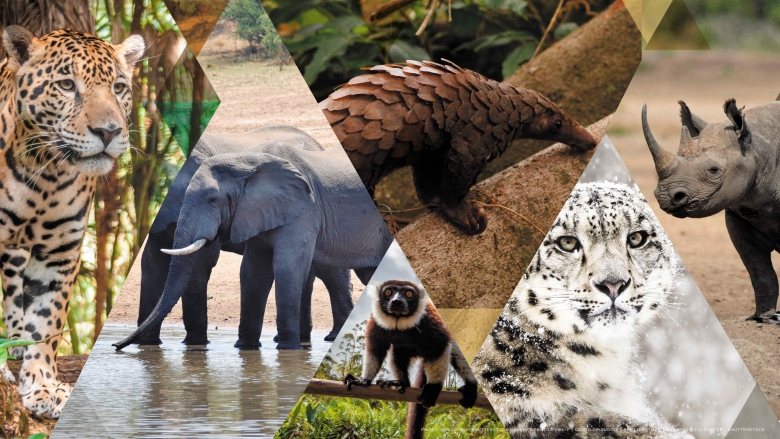

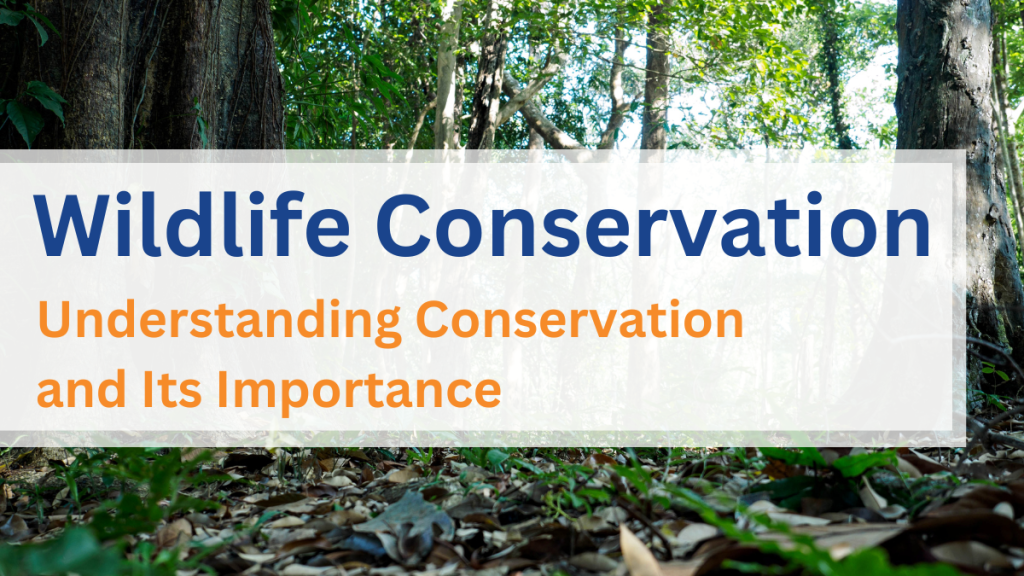
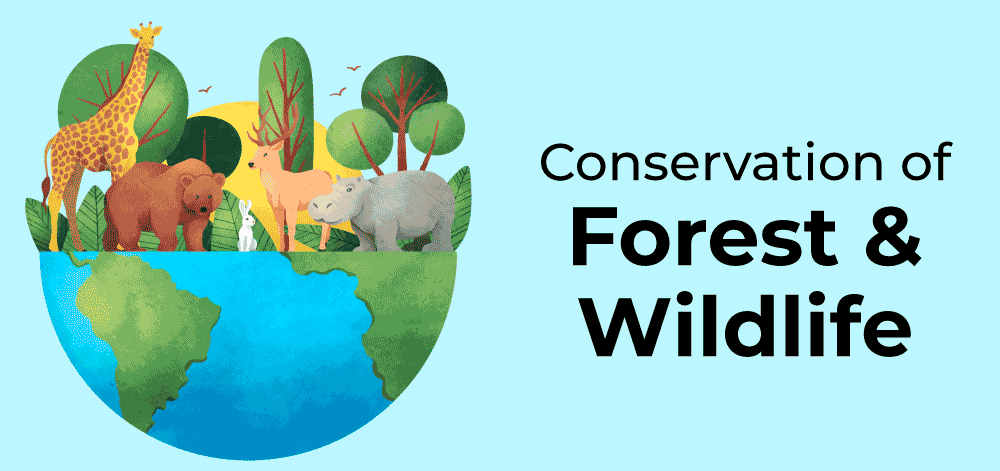

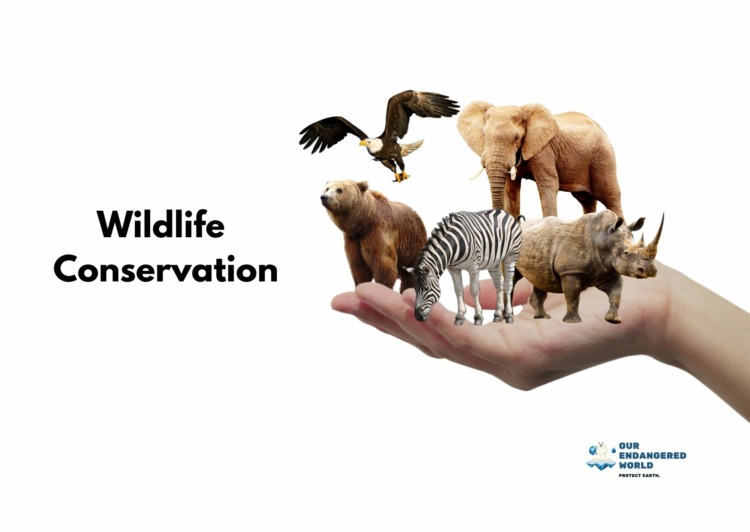
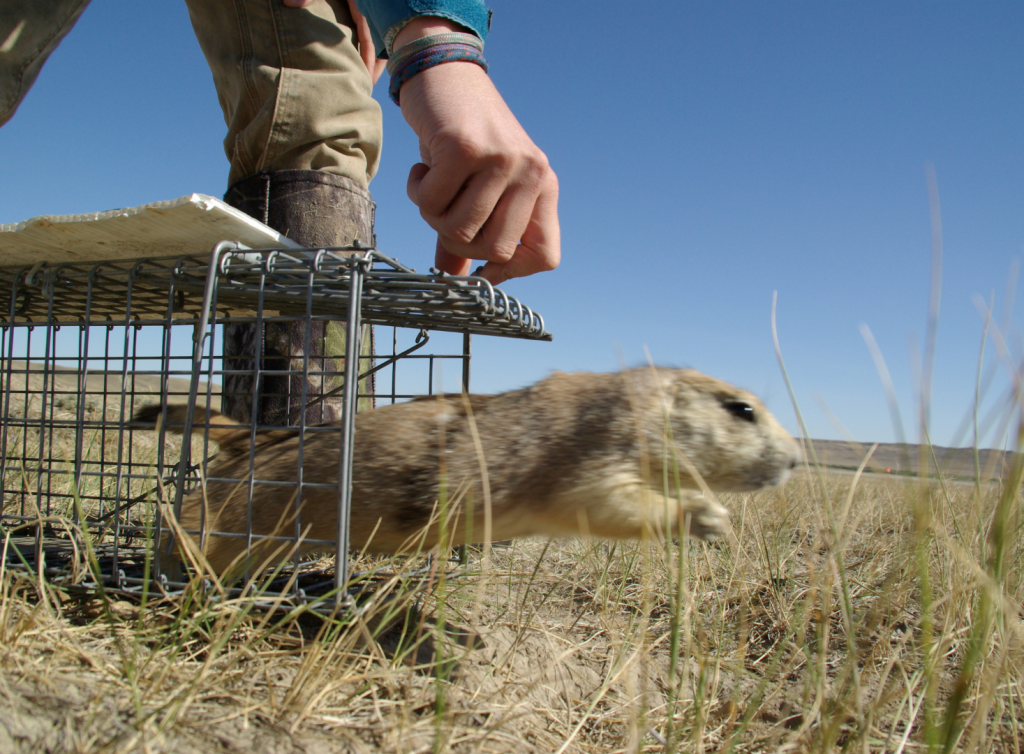

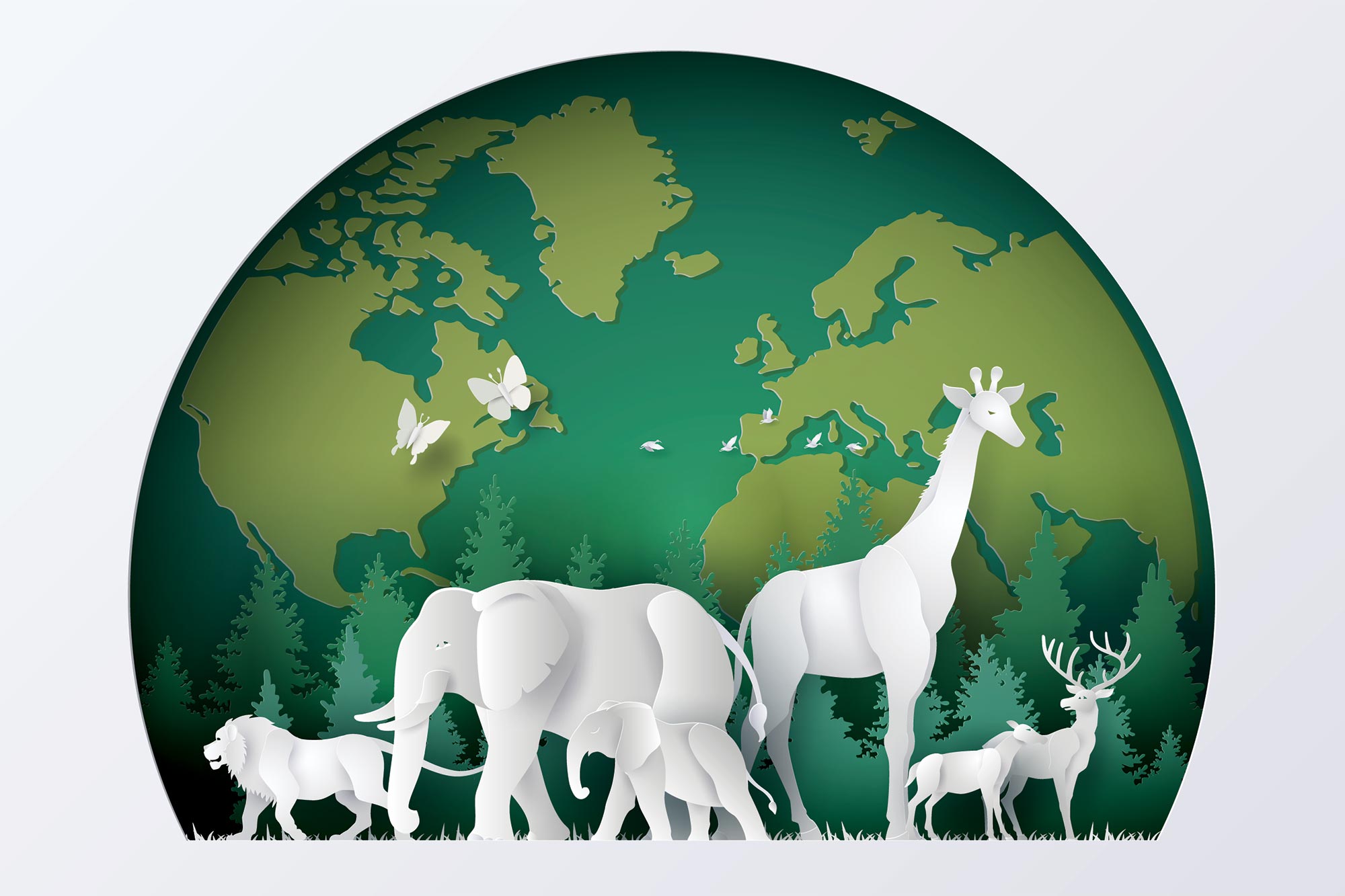
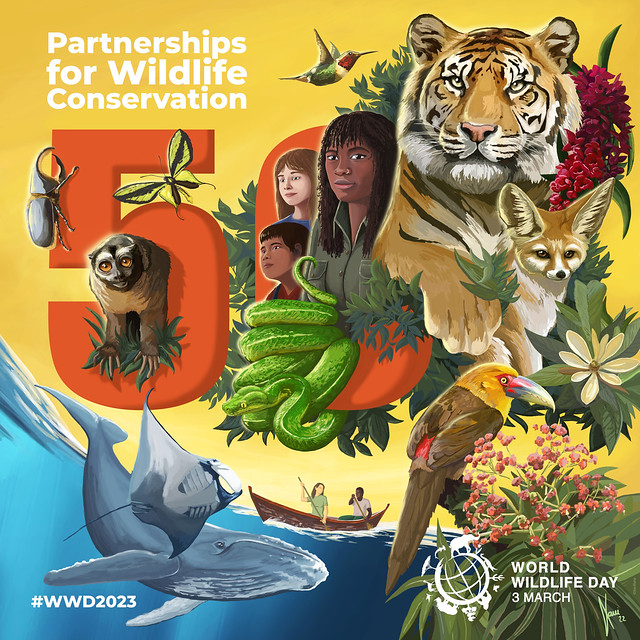
![Which Group Provides The Most Financial Support For Wildlife Conservation Wildlife Lodge Financial Model for Funding [Updated 2025]](https://finmodelslab.com/cdn/shop/files/conservation-focused-wildlife-lodge-financial-model.png?v=1723303000)
